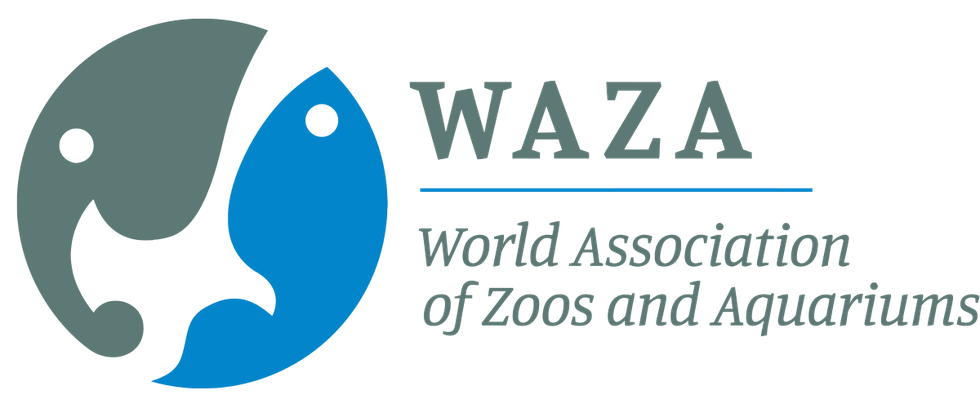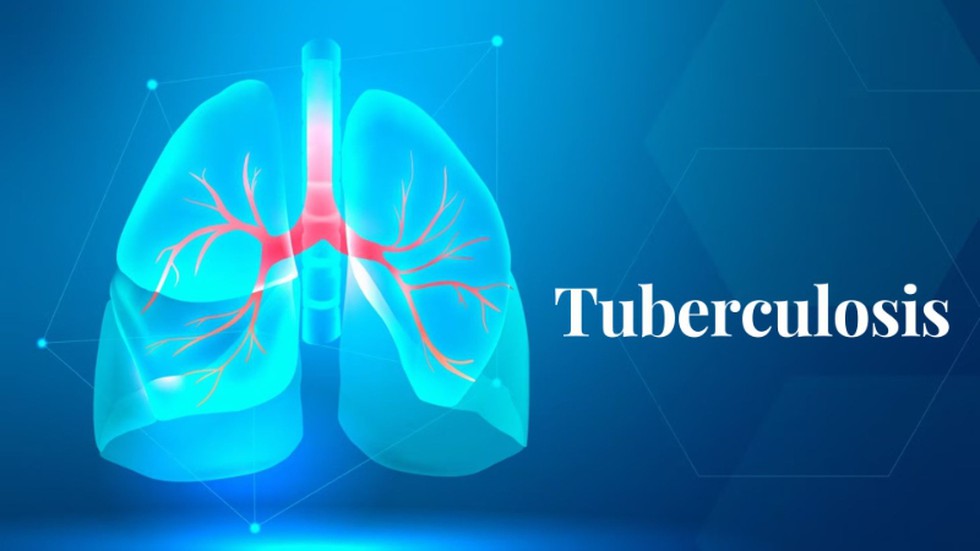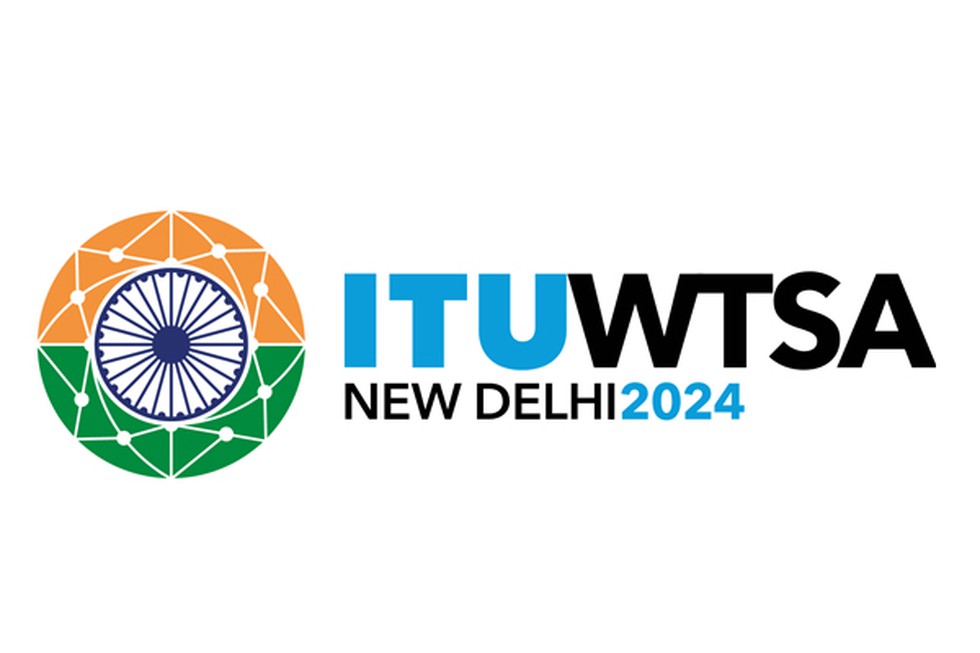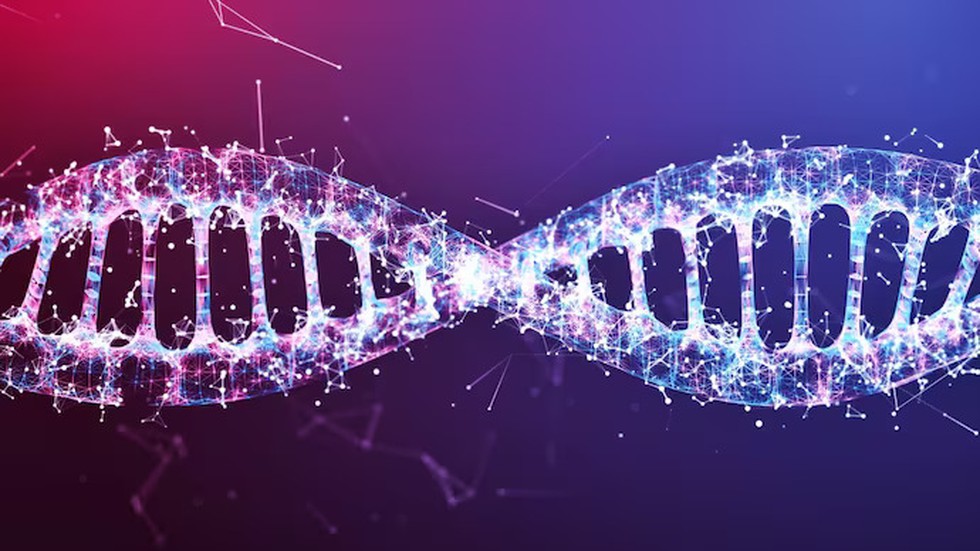
About State of Global Water Resource Report:
- It is an annual report published by the World Meteorological Organization (WMO) since 2021.
- It offers a comprehensive and consistent overview of water resources worldwide.
- It is based on input from dozens of National Meteorological and Hydrological Services and other organizations and experts.
- Highlights of the 2023 Report:
- The year 2023 marked the driest year for global rivers in 33 years.
- The last five consecutive years have recorded widespread below-normal conditions for river flows, with reservoir inflows following a similar pattern.
- It notes that 2023 was also the second consecutive year in which all regions in the world with glaciers reported ice loss, the year in which “glaciers suffered the largest mass loss ever registered in 50 years.
- More than 600 gigatons (Gt) of water were lost across all glaciated regions of the world.
- The report says that 6 billion people currently face inadequate access to water at least one month a year, and this is expected to increase to more than 5 billion by 2050.
- The world is far off-track with Sustainable Development Goal 6 on water and sanitation.
2. World Association of Zoos and Aquariums (WAZA)

About World Association of Zoos and Aquariums (WAZA):
- It is the umbrella organization for the World Zoo and Aquarium community.
- Established in 1935, it is the only organisation representing zoos and aquariums at the global level.
- WAZA’s mission is to guide, encourage, and support the zoos, aquariums, and like-minded organisations of the world in animal care and welfare, environmental education, and global conservation.
- Its members include leading zoos and aquariums, and regional and national Associations of Zoos and Aquariums, as well as some affiliate organizations, such as zoo veterinarians or zoo educators, from all around the world.
- Some of the activities of WAZA are:
- Promoting cooperation between zoological gardens and aquariums in relation to the conservation, management, and breeding of animals in captivity.
- Encouraging highest standards of animal welfare and husbandry.
- Promoting and coordinating cooperation between national and regional associations and their constituents.
- Assist in representing zoological gardens and aquariums in other international organizations or assemblies.
- Promoting wildlife conservation, environmental research, and environmental education.
- WAZA has formed partnerships with leading international conservation organisations.
- Together, they are committed to tackling global issues such as the illegal wildlife trade, coral‑reef restoration, marine litter, sustainable palm oil and climate change.
3. What are Advanced Glycation End Products (AGEs)?

About Advanced Glycation End Products (AGEs):
- AGEs (also known as glycotoxins) are harmful molecules formed by the glycation and oxidation of lipids and proteins.
- Glycation is the process of combining other molecules with sugars.
- Oxidation is the process of combining other molecules with oxygen.
- AGEs are formed in your body by metabolism, but the major source of AGEs is food.
- They are formed in food by grilling, toasting, roasting, broiling, frying, and other high-temperature cooking.
- Tobacco use is yet another source of AGEs.
- AGE production in the body increases with age.
- Why are AGEs harmful?
- AGEs are present in the body at all times. At low levels, they don't cause significant injury.
- However, they cause cell and tissue damage when they reach high concentrations.
- AGEs combine with receptors located on blood vessels and several other organs to cause damage to organ systems.
- These compounds can impact the function of proteins within the cells, alter the behavior of hormones, cytokines, and free radicals, and modify the extracellular matrix between cells.
- AGEs activate inflammatory and other destructive processes in many systems of your body.
- AGEs are involved in the development of various chronic inflammatory diseases such as type II diabetes mellitus, vascular and cardiovascular diseases, osteoporosis, and arthritis.
- Hyperglycemia(high blood levels of glucose) is one condition associated with more AGE production, causing blood vessel damage in people with diabetes.
4. What is Rudder?

About Rudder:
- The rudder is a primary flight control surface which controls rotation about the vertical axis of an aircraft. This movement is referred to as "yaw".
- It is a movable surface that is mounted on the trailing edge of the vertical stabilizer or fin.
- Unlike a boat, the rudder is not used to steer the aircraft; rather, it is used to overcome adverse yaw induced by turning or, in the case of a multi-engine aircraft, by engine failure and also allows the aircraft to be intentionally slipped when required.
- In most aircraft, the rudder is controlled through the flight deck rudder pedals which are linked mechanically to the rudder.
- Deflection of a rudder pedal causes a corresponding rudder deflection in the same direction; that is, pushing the left rudder pedal will result in a rudder deflection to the left.
- This, in turn, causes the rotation about the vertical axis moving the aircraft nose to the left.
- In large or high-speed aircraft, hydraulic actuators are often used to help overcome mechanical and aerodynamic loads on the rudder surface.
- Rudder effectiveness increases with aircraft speed. Thus, at slow speed, large rudder input may be required to achieve the desired results.
- Smaller rudder movement is required at higher speeds, and, in many more sophisticated aircraft, rudder travel is automatically limited when the aircraft is flown above manoeuvring speed to prevent deflection angles that could potentially result in structural damage to the aircraft.
5. What is Ni-kshay Poshan Yojana (NPY)?

About Ni-kshay Poshan Yojana (NPY):
- NPY was launched by the Ministry of Health and Family Welfare (MoH&FW) as a centrally sponsored scheme under the National Health Mission (NHM) in April 2018.
- It is a direct benefit transfer (DBT) scheme under the National Tuberculosis Elimination Program (NTEP) in India.
- Objective: Provide incentives for nutritional support to tuberculosis (TB) patients.
- Beneficiary: All notified TB patients are beneficiaries of the scheme.
- Eligibility:
- All patients with TB who are notified to the government on or after April 1, 2018, including those who are already being treated for TB, are eligible for financial incentives.
- To be eligible for the incentives, patients must be registered or notified on the NIKSHAY portal.
- Benefits: Financial incentive of 1000/- per month for each notified TB patient for the duration for which the patient is on anti-TB treatment.
- The incentives can be distributed in Cash (only via DBT, preferably through Aadhaar-enabled bank accounts) or in-kind.
- This scheme is implemented across all States and UTs in India.
6. Black Carbon

About Black Carbon:
- It is commonly known as soot and is a component of fine particulate air pollution (PM2.5).
- It is formed by the incomplete combustion of wood and fossil fuels, a process which also creates carbon dioxide (CO2), carbon monoxide, and volatile organic compounds.
- Most black carbon emissions in India arise from burning biomass, such as cow dung or straw, in traditional cookstoves.
- It has a warming impact on climate that is 460-1,500 times stronger than CO2.
- Impacts on Environment and Human Health
- It warms the atmosphere because it is very effective at absorbing light.
- It exacerbates the warming of the air and surfaces in regions where it is concentrated, altering weather patterns and ecosystem cycles.
- It lasts only days to weeks in the atmosphere but has significant direct and indirect impacts on the climate, snow and ice, agriculture, and human health.
- It also influences cloud formation and impacts regional circulation and rainfall patterns.
- When deposited on ice and snow, black carbon and co-emitted particles reduce surface albedo (the ability to reflect sunlight) and heat the surface.
- It contributes to global warming and poses severe risks. Studies have found a direct link between exposure to black carbon and a higher risk of heart disease, birth complications, and premature death.
7. World Telecommunication Standardization Assembly

About World Telecommunication Standardization Assembly:
- It has been held every four years since 2002.
- It serves as the governing conference of the International Telecommunication Union (ITU) Standardisation Sector (ITU-T).
- It is one of the three world conferences organized by the International Telecommunication Union.
- It defines the work program, working methods, and structure of study groups” for ITU’s Telecommunication Standardization Sector
- This event plays a pivotal role in setting global telecommunication standards, making India’s hosting of the WTSA a significant milestone.
- WTSA 2024 will be preceded by the Global Standards Symposium (GSS) on October 14, 2024, at Bharat Mandapam, New Delhi.
- The GSS is a high-level forum for policy debates on ICT standardization, addressing its evolving dynamics and technical implications.
Key facts about International Telecommunication Union (ITU)
- It is the United Nations specialized agency for information and communication technologies.
- It was established in 1865 as the International Telegraph Union.
- In 1947 the ITU became a specialised agency of the United Nations.
- It is an intergovernmental organization that coordinates between governments and private sector bodies to global telecommunication and information communication technology (ICT) services.
- Member countries: It has a membership of 193 countries and more than 1000 companies, universities and international and regional organizations.
- Functions:
- allocate global radio spectrum and satellite orbits;
- coordination and setting of technical standards related to telecommunication/ICT;
- work to improve access to ICTs in underserved communities worldwide;
- India and ITU: India has been an active member of the ITU since 1869 and has been a regular member of the ITU Council since 1952.
- Headquarters: Geneva, Switzerland.
8. Unified Genomic Chip

About Unified Genomic Chip:
- It is aimed at helping farmers identify high-quality cattle early and enhance dairy farming efficiency in India.
- The chip comes in two versions
- The ‘Gau Chip’ for cattle and the ‘Mahish Chip’ for buffalo.
- It is developed by the Department of Animal Husbandry and Dairying (DAHD), under the Ministry of Animal Husbandry, Dairying and Fisheries.
- Purpose: The purpose of this chip is to help farmers make informed decisions on animal selection by identifying young, high-quality bulls at an early age.
- Benefit: The chip is tailored for Indian cattle breeds and will help improve the quality of cattle and enhance the dairy farming sector.
Key points about the Sex Sorted Semen Technology
- Sex Sorted Semen is the 'gender selected' semen used by Artificial Insemination (AI) for cattle and buffaloes to produce more than 90% selected gender (females).
- It is very effective in breed improvement and till now it was manufactured by multinational companies.
- The National Dairy Development Board under the Department of Animal Husbandry and Dairying, has developed the indigenous technology of sex-sorted semen worth Rs. 250.
- Technology used: IVF technology (commonly known as test tube baby technology) is also being used for this purpose.
- DAHD target: It has now planned to produce a minimum of 10 lakh sexed semen doses annually for the ongoing artificial insemination (AI) programme.
9. What is microRNA?

About microRNA:
- MicroRNAs, or miRNAs, are small, non-coding molecules of RNA.
- They are typically around 19-24 nucleotides long and play an important role in determining how much messenger RNA (mRNA), which carries genetic information, eventually gets translated into protein.
- Role in human body
- These microRNAs act as molecular switches, fine-tuning the expression of genes in different cell types and under varying conditions.
- They regulate the production of proteins by bonding with and subsequently silencing the mRNA at an appropriate juncture. The process is called post-transcriptional gene regulation.
- MicroRNAs help fine-tune various cellular processes like development, growth, and metabolism. Their role is essential in maintaining normal cell function, and disruptions in microRNA activity have been linked to diseases such as cancer.
- Mutations in genes coding for microRNAs have been found in humans, causing conditions such as congenital hearing loss, eye and skeletal disorders.
- Significance of microRNA discovery
- The discovery of microRNAs has provided scientists with new tools to investigate gene regulation and has significantly expanded our understanding of how genetic information is processed and utilized in living organisms.
10. Indian Wild Ass

About Indian Wild Ass:
- It is a sub-species of Asian Wild Ass (Equus hemionus).
- It is locally called khur in the Gujarat region.
- It possesses remarkable characteristics, such as its ability to survive in the extreme conditions of Gujarat’s Wild Ass Sanctuary.
- The primary food source for these animals is the grass that grows on the islands in the desert.
- Appearance: It is characterised by distinctive white markings on the anterior part of the rump and on the posterior part of the shoulder and a stripe down the back that is bordered by white.
- Distribution: The khur was formerly widespread in the arid zone of northwestern India and Pakistan, westwards through much of central Asia. It is now limited to the Little Rann of Kutch in Gujarat.
- Habitat:Desert and grassland ecosystems.
- Conservation Status:
- IUCN: Near threatened.
- CITES: Appendix II
- Wildlife Protection Act (1972): Schedule-I
- Ecological Significance: It is helpful in seed dispersal in the area which helps in promoting vegetation growth and diversity. Besides, it is helpful in habitat creation for other species as it clears pathways by consuming grasses.
- Threats: Increased human presence for salt farming and agriculture and extensive cattle grazing pose a major threat to the delicate ecosystem and its wildlife.
- Irrigation canals that bring water to the southern rim of the Little Rann can also add salinity to the soil.


























































































































































.png)
.png)
.png)
.png)
.png)


.png)
.png)
.png)





.png)
.png)






.png)
.png)
.png)
.png)
.png)
.png)
.png)
.png)
.png)

.png)







.png)
.png)


.png)
.png)
.png)


.png)

.png)
.png)





.jpg)

.png)
.png)


.png)

.png)
.png)
.png)

.jpg)

.jpg)


.png)

.png)
.png)
.png)
.png)
.png)
.png)
.png)
.png)
.png)
.png)




.png)

.png)





.png)
.png)
.png)
.png)
.png)
.png)
.png)
.png)
.png)
.png)
.jpg)
.jpg)

.png)
.png)
.png)
.png)
.png)
.png)
.png)
.png)
.png)
.png)
.png)
.png)
.png)
.png)
.png)
.png)
.png)
.png)
.png)
.png)
.png)
.png)



.png)
.png)

.jpg)
.jpg)


.jpg)
.jpg)
.jpg)
.jpg)
.jpg)

.jpg)








.jpg)
.jpg)
.jpg)
.jpg)
.jpg)

















.jpg)
.jpg)







.jpg)


















.jpg)
.jpg)






























































































.jpg)
.jpg)


























.jpg)

.jpg)










.jpg)








.jpg)




.jpg)










.jpg)


















.jpg)












































.jpg)














.jpg)
.jpg)
.jpg)





.jpg)

.jpg)
.jpg)





































































.jpg)


































.jpg)
.jpg)
















































.jpg)












.jpg)


.jpg)




.jpg)
.jpg)
.jpg)

.jpg)
.jpg)
.jpg)
.jpg)

.jpg)
.jpg)
.jpg)

.jpg)
.jpg)
.jpg)
.jpg)
.jpg)
.jpg)
.jpg)
.jpg)

.jpg)


.jpg)
.jpg)
.jpg)
.jpg)
.jpg)
.jpg)
.jpg)
.jpg)
.jpg)
.jpg)











.jpg)
.jpg)





.jpg)
.jpg)
.jpg)
























.jpg)
























.jpg)









.jpg)
.jpg)







.jpg)
.jpg)









































.jpg)
.jpg)
.jpg)
.jpg)
.jpg)

.jpg)
.jpg)
.jpg)
.jpg)
.jpg)


.jpg)
.jpg)
.jpg)
.jpg)
.jpg)

.jpg)
.jpg)
.jpg)
.jpg)
.jpg)
.jpg)
.jpg)
.jpg)
.jpg)
.jpg)
.png)

.png)
.png)

.png)
.png)
.png)
.png)


.jpg)
.jpg)

.jpg)
.jpg)
.jpg)

.png)
.png)
.png)
.png)
.png)
.png)
.png)

.png)
.png)
.png)
.png)
.png)
.png)
.png)
.png)
.png)
.png)





































































-min.png)



.png)




.png)








































